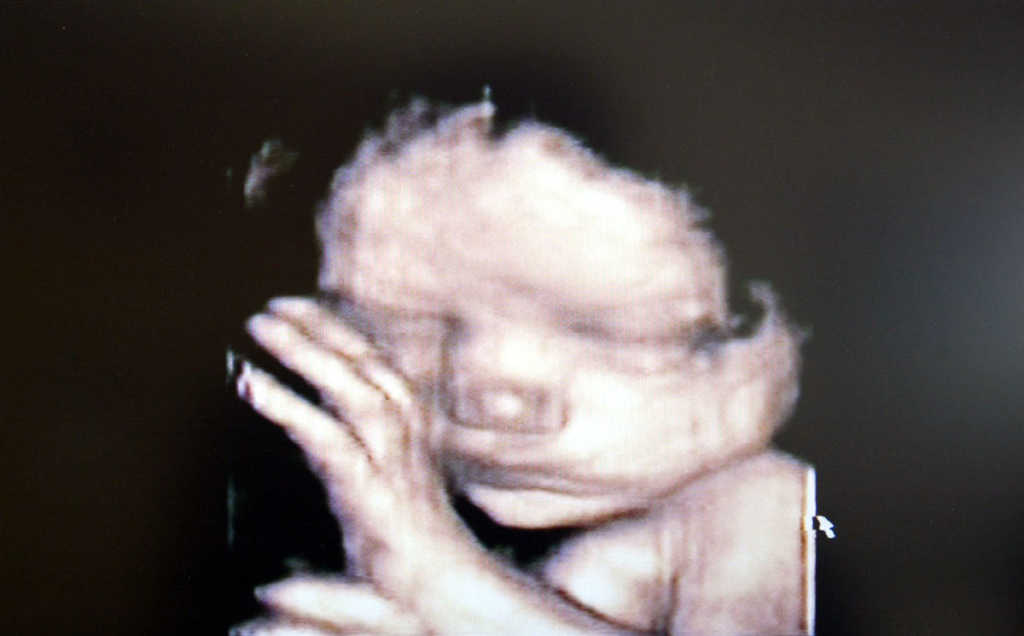Abortion is one of those siloed issues — a topic over which people either disagree vehemently or are in lockstep with one another. Rarely do people on either side of the issue take the time to see things from the perspective of their ideological foes, because that’s how we see those who think differently than us — as enemies.
But in a recent column for The Atlantic, writer Caitlin Flanagan attempted to do what her father always encouraged her to do: look at both sides of the issue and find its strongest arguments, temporarily suspending her own biases.
In doing so, Flanagan — whose personal opinion about abortion is not stated in the column — was met with an utterly vulnerable realization. In writing this article, “The Dishonesty of the Abortion Debate,” Flanagan made an admission: “These are human beings.”
The human beings to whom Flanagan was referring are the unborn infants whose lives are cut tragically short as a result of abortion. She began to understand the perspective of those in the pro-life community more clearly, she elaborated, the first time she saw a 3-D ultrasound photo of a fetus in utero.
“For a long time, these images made me anxious,” she wrote. “They are proof that what grows within a pregnant woman’s body is a human being, living and unfolding according to a timetable that has existed as long as we have.”
Flanagan recalled a friend reminding her most abortions take place in the first trimester, an attempt at comforting her.
“I held on to that comforting piece of information, until it occurred to me to look at one of those images taken at the end of the first trimester,” she continued. “I often wish I hadn’t.”
The author of The Atlantic column went on to say she “envies” those who are able to look at the elaborate ultrasound photos 21st century technology affords us and detach themselves from the humanity staring back at them. Flanagan wrote, “How terrible to know that in the space of an hour, a baby could be alive—his heart beating, his kidneys creating the urine that becomes the amniotic fluid of his safe home—and then be dead, his heart stopped, his body soon to be discarded.”
She continued, “The argument for abortion, if made honestly, requires many words: It must evoke the recent past, the dire consequences to women of making a very simple medical procedure illegal. The argument against it doesn’t take even a single word. The argument against it is a picture.”
There’s so much about Flanagan’s column pro-lifers can appreciate. She wrote with a transparency and vulnerability to admire and laid out a blueprint for how people of good will who disagree on issues like abortion should approach conversations on tough topics.
One part of the argument, though, she presented in support of maintaining legal access to abortion is the suggestion that abortion should be legal because, when restricted, some women (though the number is very limited) seek out illegal, back-alley abortions, which could have fatal consequences. That argument would be similar to making the claim that theft should be legal because, as a result of it being illegal, some people will have to potentially jeopardize their lives to avoid getting caught.
This is a complex issue and debates on it will continue, probably ad infinitum. The questions surrounding abortion are worth thinking about — like in cases of rape, incest, or when the mother’s life is at risk — and such situations should inform how we react. But it’s nevertheless crucial for people to understand the gravity of the issue and to speak truth, to speak about the value of human life, both in and out of the womb, with conviction and grace.



